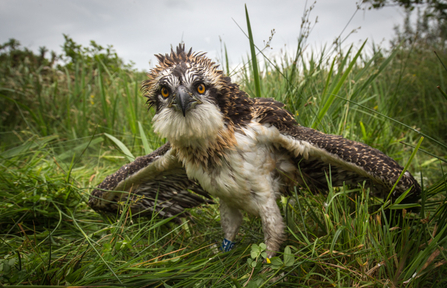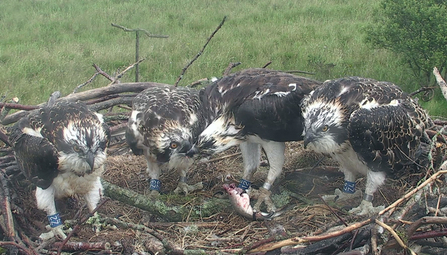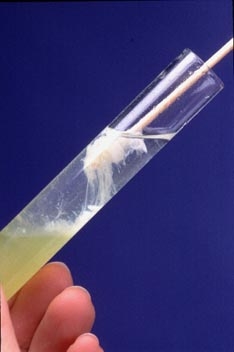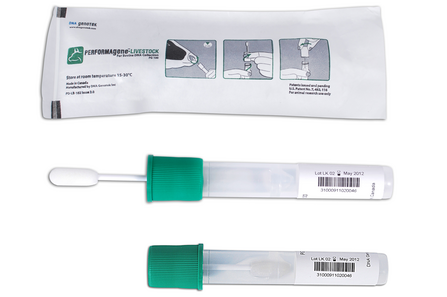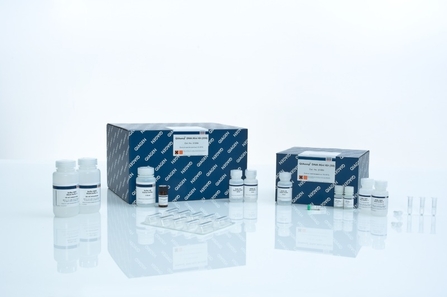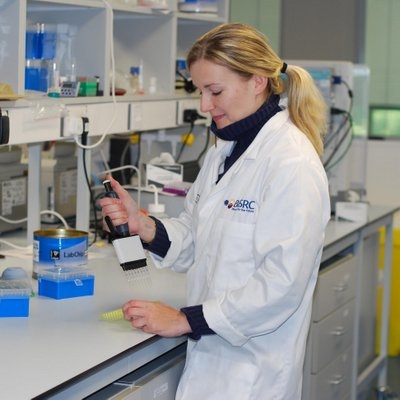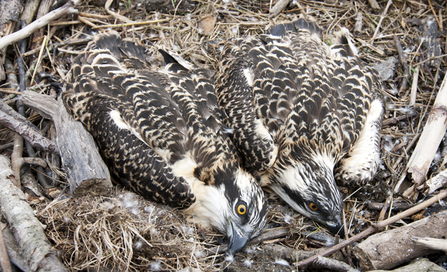By guest writer and DOP volunteer, Dr. Helen Ougham
In my previous blog, I explained how buccal swabs had been taken from the insides of the osprey chicks' cheeks at ringing time and stored in small, capped plastic tubes in a fridge until the scientists were ready to use them. What happens next?
Aeron (and his two sisters, Menai and Eitha) kindly donates some of their DNA in the summer

